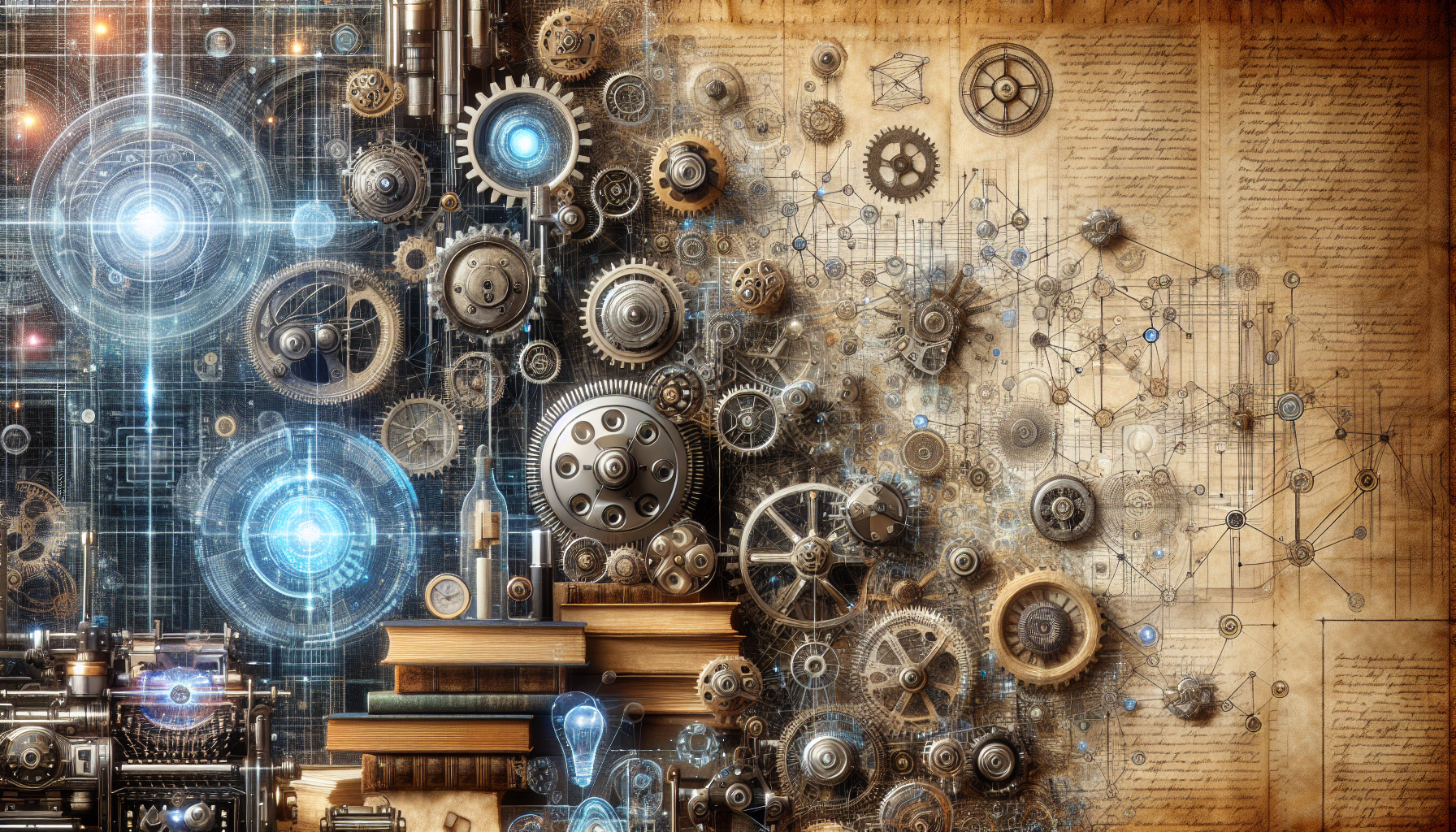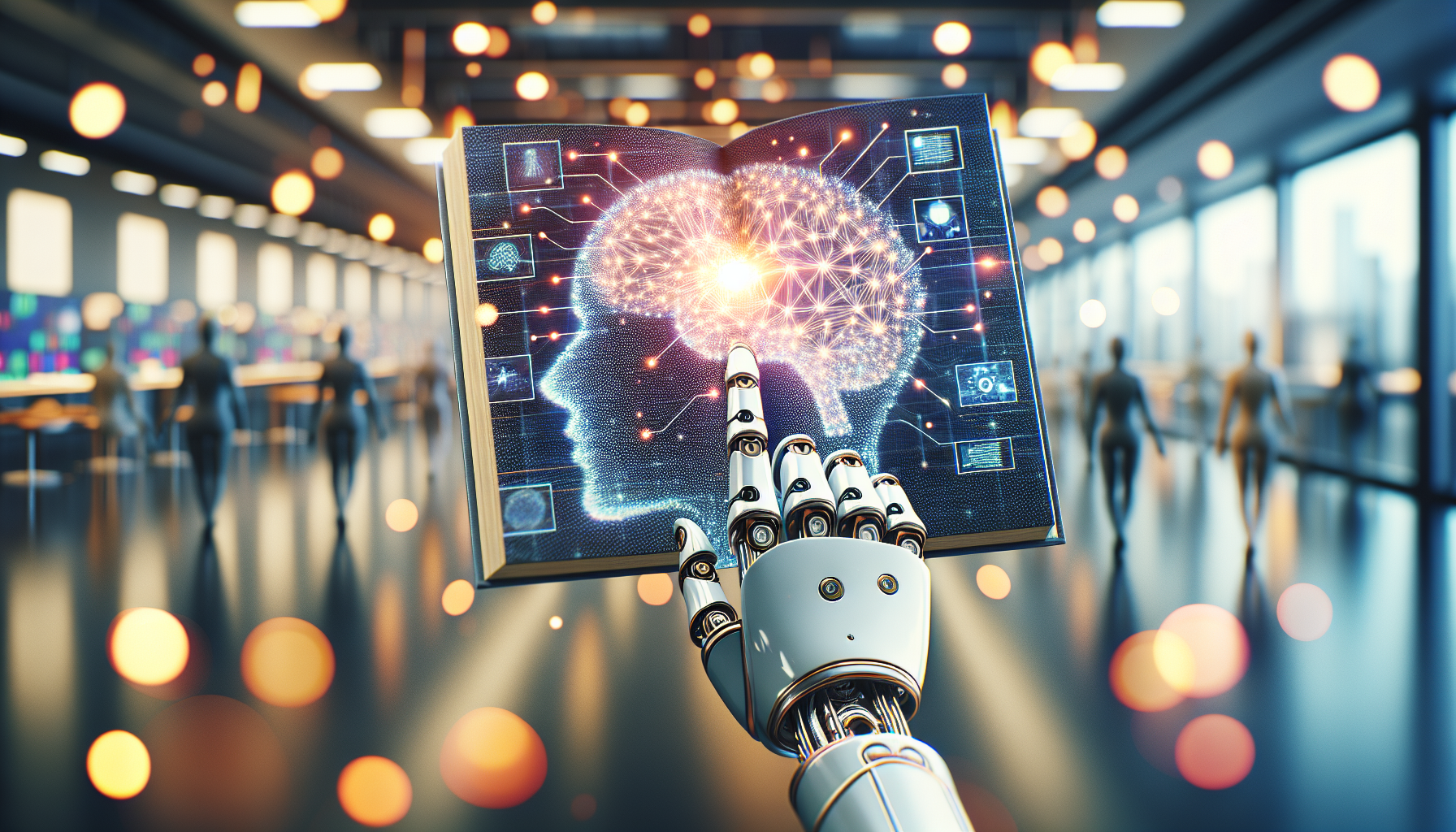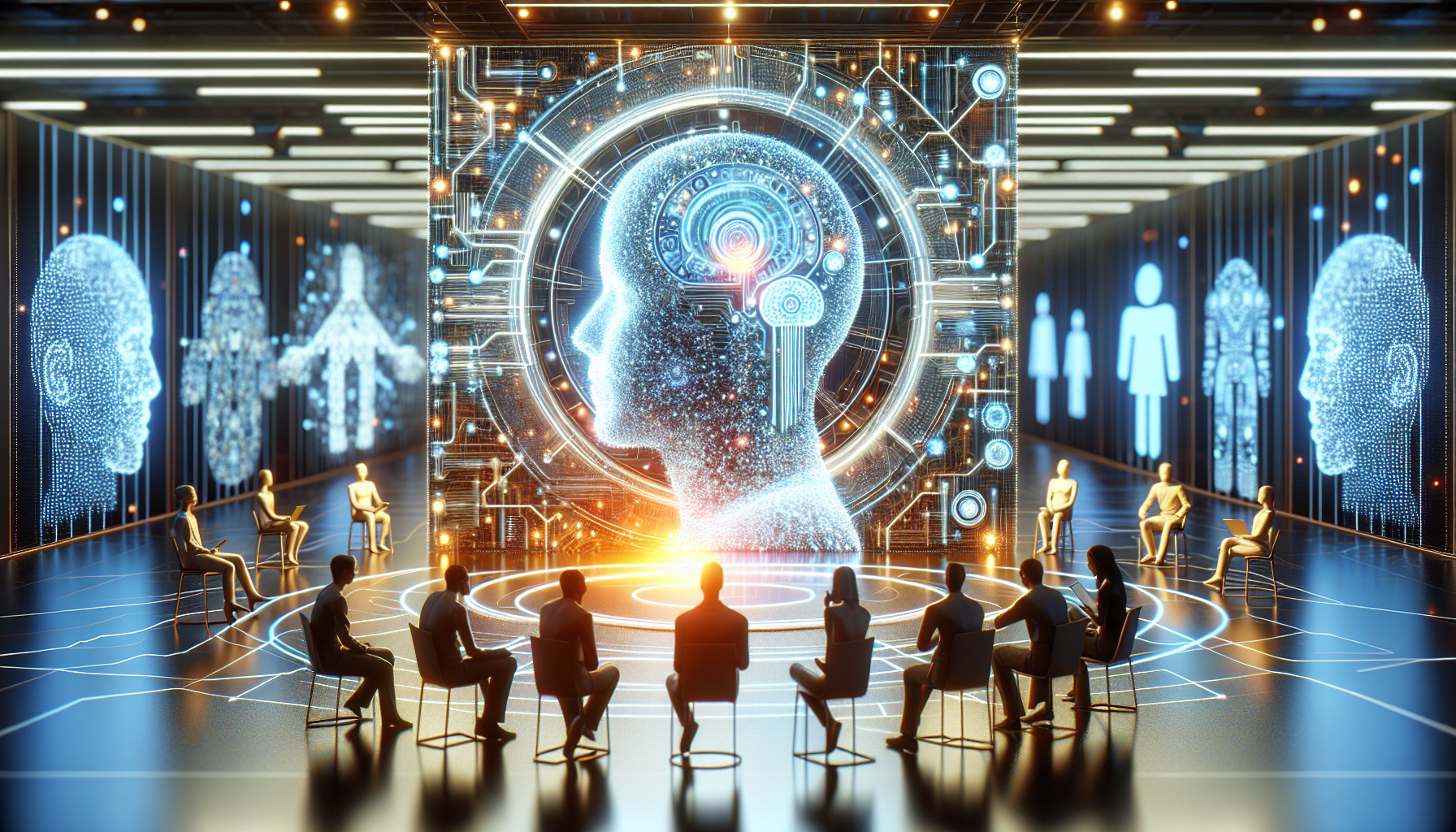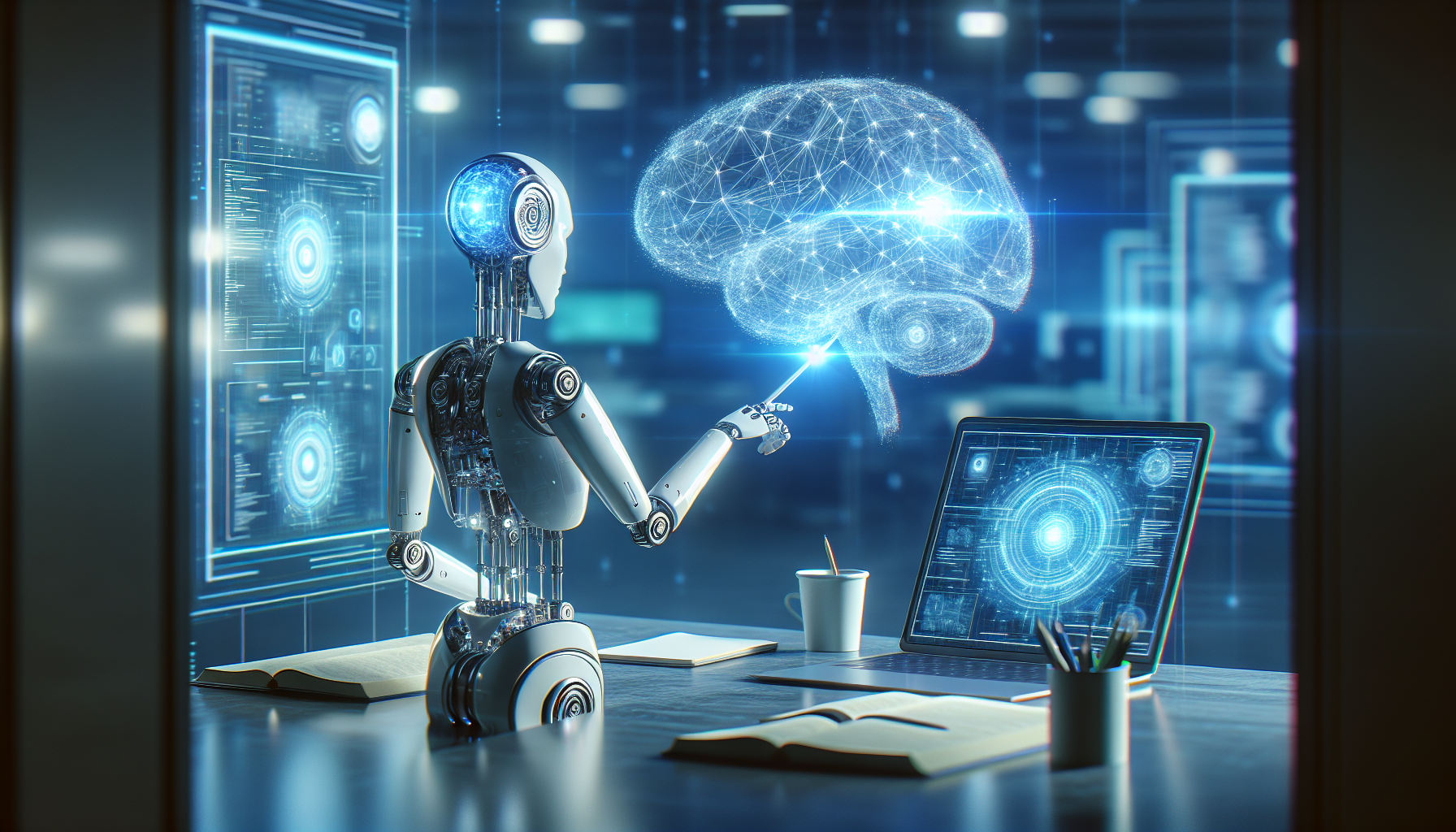
The Evolution of AI in Education: Crafting Personalized Learning Journeys
August 14, 2025
Imagine a world where every student, regardless of their background or learning style, finds a classroom experience tailored to their unique needs. As we delve into the historical trajectory of artificial intelligence in education, this vision, once a distant dream, increasingly becomes a tangible reality. The journey of AI in creating personalized learning experiences is a testament to human ingenuity and determination—a narrative that continues to inspire educators and learners alike.
The seeds of AI's role in education were planted long before the term "artificial intelligence" entered our vocabulary. Early educational pioneers, driven by a desire to cater to diverse learning styles, experimented with methods that personalized instruction to some degree. However, it was the advent of computers that ushered in a new era, allowing educators to dream bigger and more creatively.
The first computer-assisted instruction programs emerged with the promise of individualized learning. These early systems, though rudimentary by today's standards, represented a pivotal shift. They offered glimpses into a future where technology could adapt to students rather than forcing students to adapt to technology. This was a period of experimentation, where educators and technologists began to understand the potential of machines in reimagining educational paradigms.
As technology advanced, so did the sophistication of AI systems. The notion of personalized learning transformed from mere customization of content delivery to a holistic approach that considers a student's pace, interests, and preferred learning modalities. AI systems began to analyze vast amounts of educational data, providing insights that were previously unattainable. These insights allowed educators to design curriculums that were not only more engaging but also more effective.
One of the most inspiring aspects of AI in education is its ability to break down barriers. Historically, students with disabilities or those who spoke different languages faced significant challenges in traditional educational settings. AI has played a critical role in leveling the playing field. From real-time language translation tools to assistive technologies that help students with visual or auditory impairments, AI has opened doors to learning experiences that were once inaccessible.
Moreover, AI's role in education extends beyond the classroom walls. With the rise of online learning platforms, AI-driven algorithms have become central to creating adaptive learning environments. These platforms can identify when a student is struggling with a concept and offer additional resources or alternative explanations. They can also accelerate the learning process for those who grasp concepts quickly, ensuring that no student is held back by a one-size-fits-all approach.
The historical journey of AI in education is dotted with inspiring stories of transformation. Take, for instance, the case of a rural school that, due to limited resources, struggled to provide quality education. By integrating AI tools, the school was able to offer personalized lessons that catered to each student's needs, dramatically improving educational outcomes. These stories are not isolated incidents but part of a broader movement that demonstrates the profound impact AI can have on education.
As we reflect on the history of AI in education, it is essential to acknowledge the role of educators in this transformation. Teachers, with their unwavering commitment to their students, have embraced AI as a tool to enhance, not replace, the human touch in education. They have become learners themselves, exploring new methods and technologies to better serve their students. This symbiotic relationship between educators and AI is a powerful force driving the future of personalized learning.
While the journey of AI in education has been remarkable, it is far from complete. The potential for further advancements is vast, with possibilities we have yet to imagine. As AI continues to evolve, so too will its applications in education, pushing the boundaries of what is possible and inspiring future generations of learners and educators.
In a world where AI can predict learning challenges before they arise and offer solutions tailored to each student, one must ponder: How will these advancements shape not only individual learning journeys but also the collective future of education? As we stand on the cusp of new discoveries, the story of AI in education invites us to dream boldly and act courageously, ensuring that every learner has the opportunity to reach their fullest potential.


